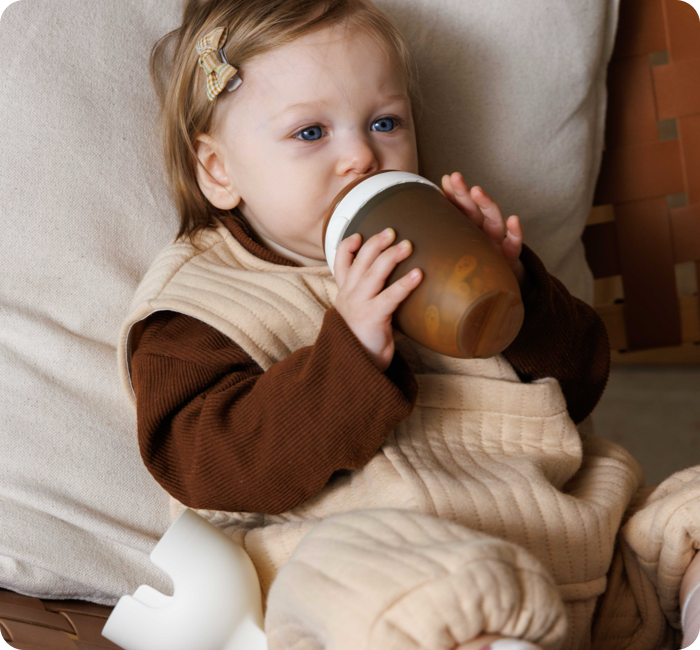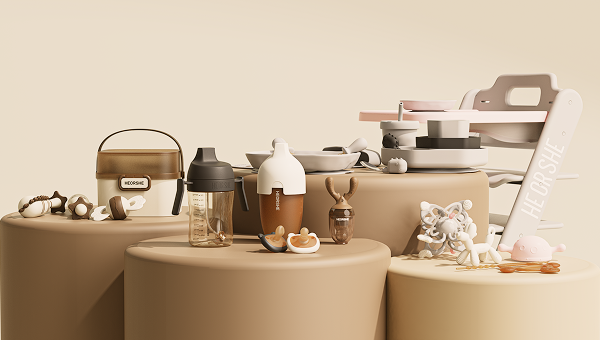As a parent or caregiver, ensuring your baby's feeding equipment is clean and safe is paramount for their health and well-being. One crucial aspect of maintaining hygiene during feeding is knowing when to change your baby's bottle. Let's explore some essential guidelines to help you determine the frequency of changing your baby bottle.
Factors Influencing Bottle Change Frequency
The frequency of changing your baby's bottle depends on various factors, including:
-
Feeding Session: After each feeding session, it's advisable to clean and sanitize the bottle to prevent the growth of harmful bacteria.
-
Bottle Material: Different types of baby bottles, such as plastic, glass, or silicone, have varying durability and hygiene requirements. Check the manufacturer's recommendations for specific guidance.
-
Baby's Age: Newborns and younger infants may require more frequent bottle changes due to their developing immune systems and increased susceptibility to infections.
-
Milk Type: If you're feeding your baby formula or breast milk, it's essential to handle and store the milk properly to maintain its freshness and prevent contamination.
-
Environmental Conditions: Factors such as temperature and humidity can impact the growth of bacteria in leftover milk residues, necessitating more frequent bottle changes in warmer or humid climates.

General Guidelines for Bottle Changing
While there isn't a one-size-fits-all answer to how often you should change your baby's bottle, following these general guidelines can help maintain cleanliness and hygiene:
-
After Each Feeding: Immediately after each feeding session, disassemble the bottle and wash all parts thoroughly with warm, soapy water.
-
Sanitization: Regularly sanitize the bottles, nipples, and other feeding accessories using methods recommended by healthcare professionals, such as boiling, steam sterilization, or using a dishwasher with a sanitize cycle.
-
Inspect for Damage: Routinely inspect the bottles and nipples for signs of wear, damage, or discoloration. Replace any damaged components promptly to ensure your baby's safety.
-
Storage: Store clean, dry bottles in a clean and dust-free environment to prevent contamination between feedings.
-
Rotate Bottles: Consider having multiple bottles in rotation to reduce wear and tear on individual bottles and ensure you always have a clean one available for feeding.
Addressing Common Concerns
Parents often have questions regarding bottle hygiene and safety. Here are answers to some common concerns:
1. Can I reuse a bottle without washing it?
No, it's essential to wash and sanitize the bottle after each use to remove milk residues and bacteria, ensuring your baby's health and safety.
2. How do I know if a bottle is still safe to use?
Regularly inspect the bottle and nipple for signs of wear, damage, or deterioration. If you notice any issues, such as cracks, leaks, or discoloration, replace the affected parts immediately.
3. Is it safe to heat breast milk or formula in a bottle?
While it's common practice to warm breast milk or formula before feeding, avoid overheating the milk, as this can destroy nutrients and create hot spots that may scald your baby's mouth. Use a bottle warmer or warm water bath to gently heat the milk to the desired temperature.
By following these guidelines and addressing common concerns, you can ensure that your baby's feeding equipment remains clean, safe, and conducive to their healthy development.
HEORSHE's baby products are crafted from PPSU and silicone, both eco-friendly and food-grade materials. PPSU offers exceptional durability, chemical resistance, and heat tolerance, ideal for baby bottles and medical devices. Silicone is a non-toxic, tasteless material with excellent resilience to temperature variations, ensuring our products are safe, long-lasting, and environmentally sound.



